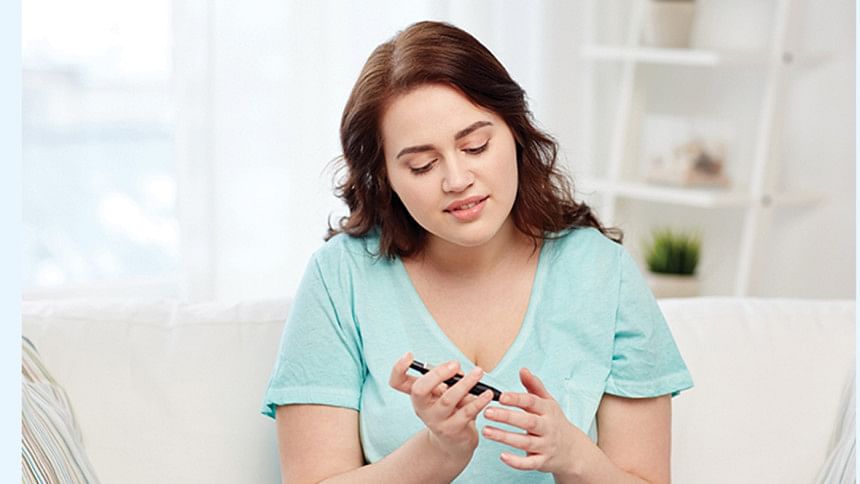Pre-diabetes: a second chance to take control of your health

Many people underestimate pre-diabetes, often dismissing it as a minor issue. But the truth is, pre-diabetes is a critical warning sign—and an opportunity to make lifestyle changes before serious health problems develop.
What is pre-diabetes?
Pre-diabetes is a condition where blood sugar levels are higher than normal but not high enough to be diagnosed as type 2 diabetes. According to global estimates, millions of people are living with pre-diabetes, many without even knowing it. Left unaddressed, pre-diabetes can lead to type 2 diabetes and significantly increase the risk of heart disease, stroke, kidney problems, and nerve damage.
Warning signs you should not ignore:
Pre-diabetes often develops gradually and may not present obvious symptoms. However, there are some subtle signs that can signal a problem with blood sugar regulation, such as:
• Unexplained weight gain
• High blood pressure
• Persistent cravings for sugary or processed foods
• Frequent heartburn or acid reflux
• Elevated cholesterol levels
• Fatigue or occasional blurred vision
Recognising and responding to these symptoms early can prevent long-term complications and may even reverse pre-diabetes altogether.
Why early action matters:
Pre-diabetes represents a turning point. One path leads toward chronic disease and medication. The other offers a chance to restore health and prevent future illness. The good news? Making small, consistent lifestyle changes can have a significant impact.
Research shows that people with pre-diabetes who adopt healthy habits—such as improving their diet, increasing physical activity, and losing even a modest amount of weight—can reduce their risk of developing type 2 diabetes by more than 50%.
Your plan for reversing pre-diabetes:
There is no single "cure" for pre-diabetes, but comprehensive lifestyle adjustments can bring blood sugar levels back to a healthy range. Here are six key steps to consider:
1. Prioritise regular check-ups - Routine blood tests, including A1C, fasting glucose, and cholesterol, help you track your progress and stay informed.
2. Cut sugary beverages - Sodas, fruit juices, and energy drinks can quickly spike blood sugar. Swap them out for water, herbal teas, or unsweetened drinks.
3. Choose whole foods - Limit processed foods, refined carbs, and sugary snacks. Focus on vegetables, whole grains, lean proteins, and healthy fats.
4. Move daily - Regular physical activity helps the body use insulin more effectively. Even 30 minutes of walking per day can make a big difference.
5. Break harmful habits - Quit smoking, reduce alcohol intake, and avoid late-night eating. These behaviors can worsen insulin resistance.
6. Stay positive and committed - A positive mindset helps reinforce healthy routines. Set realistic goals and celebrate small wins along the way.
The takeaway:
Pre-diabetes does not have to progress to type 2 diabetes. With timely intervention, it is often possible to reverse the condition. By taking control of your health today—through nutrition, movement, and regular monitoring—you can lower your risk of future complications and improve your overall well-being.
Pre-diabetes is not a diagnosis to fear, but a call to action. The power to change the future of your health is in your hands—starting now.

 For all latest news, follow The Daily Star's Google News channel.
For all latest news, follow The Daily Star's Google News channel. 



Comments